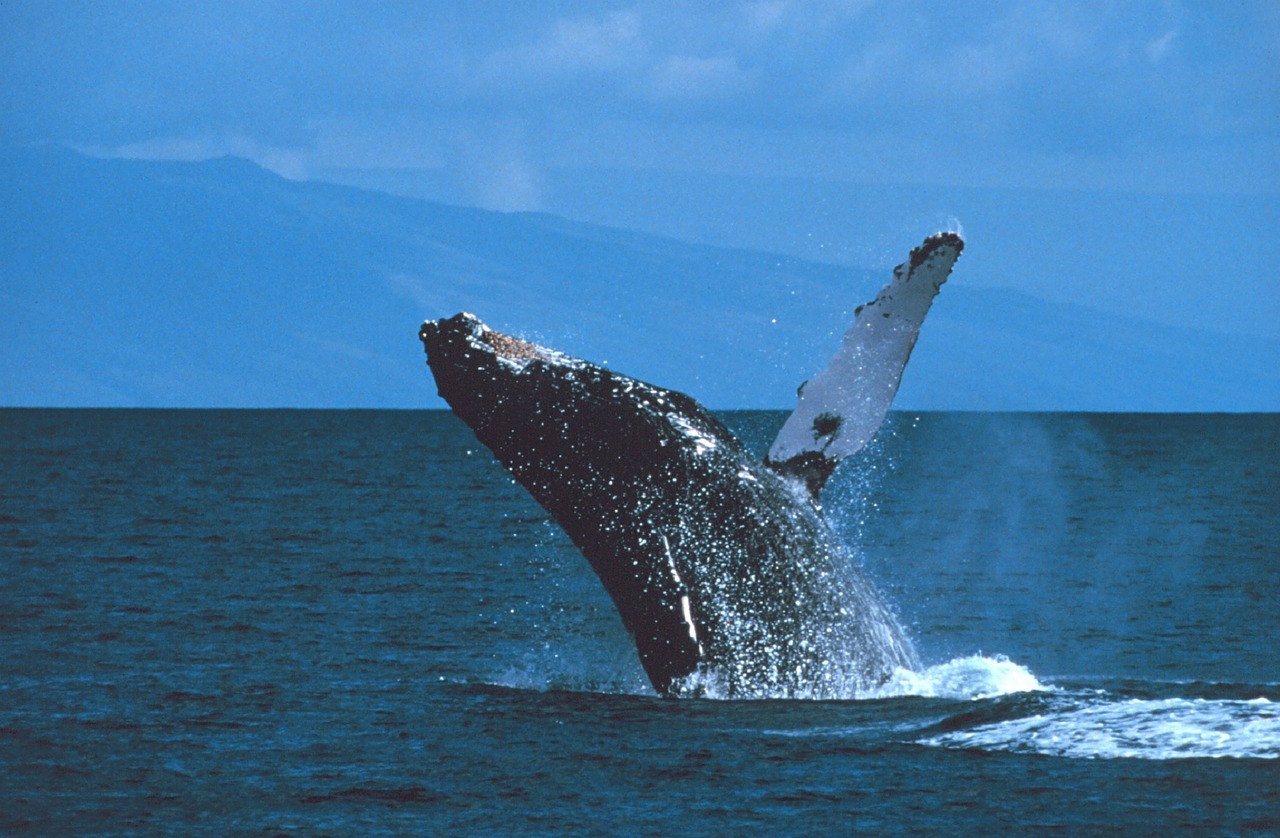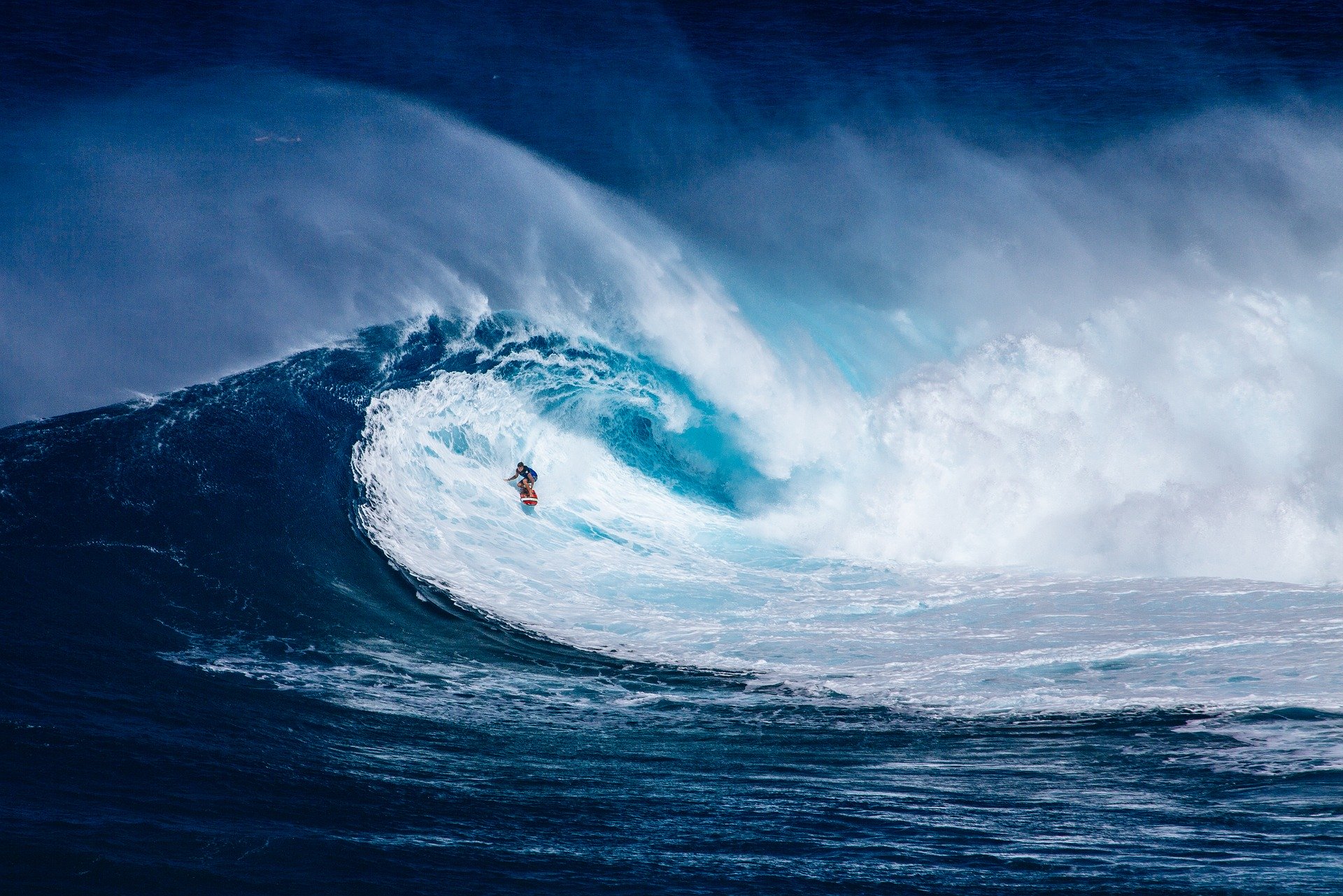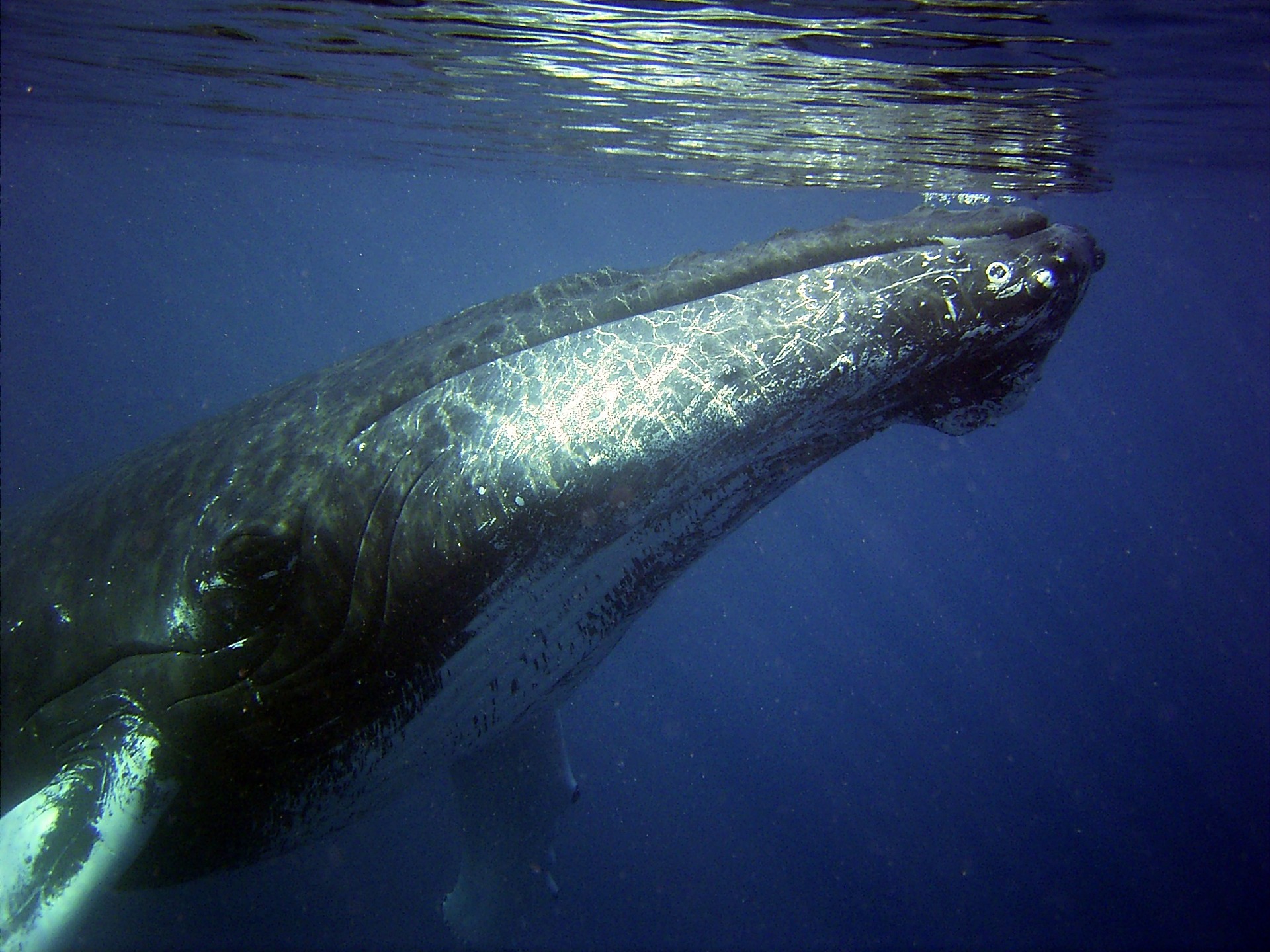Hawaii is famous around the world for its perennial sunshine and warm weather. Even in winter, the weather is generally mild. But for those of us that live here, winter in Hawaii brings a perceptible change in the weather. It gets a little wetter, a little chillier. It also brings two major attractions to Hawaii’s shores: waves and whales.
The unpredictability of the weather during winter in Hawaii is itself interesting, but right as rain, the waves and whales always arrive on time. They are part of a kind of cosmic metronome that marks the timing of the seasons.
Native Hawaiian culture celebrates this changing of the seasons with the makahiki. The sacred annual season can most simply be likened to the US Thanksgiving holiday, although it encompasses cycles of the moon and a connection to the land and skies rather than the annual retail hoopla that dominates American culture after Labor Day.

People in colder climes around the mainland US and the rest of the world are known to flee frigid and inclement weather. “Snowbirds” from the Northeast flock to Florida and the gulf states. People in Northern Europe flood the waters of the Mediterranean Sea when the winds of winter begin to blow at home, many leaving businesses closed for weeks.
We here in Hawaii are not socked in by brooding clouds and gloomy weather for months at a time. Visitors to Hawaii during winter probably won’t notice that it actually is winter while they vacation. Sure, it may rain for a few days, but the sun will always come out.
We blog about Hawaii
because we love Hawaii.
The annual humpback whale migration has arrived in Hawaiian waters. Whale-watching tours fill up on every island as an average of 8,000-10,000 gentle leviathans frolic in the deep blue sea just off the shore. It’s become a kind of micro-industry that employs countless guides, boat pilots, and scientists and volunteers when the whales are at play.
On Oahu’s fabled North Shore, something similar happens. Professional surfers from every corner of the globe throng the “seven-mile miracle” of surf breaks, along with an army of support teams, photographers and videographers. Anyone attuned to the multi-billion-dollar surfing industry knows that the waves are coming to “the Country” during winter in the Northern Hemisphere.

It is a spectacle unlike any other in the world, and it happens with the consistency of the tides every year. The Triple Crown of Surfing attracts thousands of spectators, a human migration synched with the natural movement of weather systems and, happily, a growing humpback whale population that knows Hawaii as home.
It’s not unusual for both the whales and the waves to be part of the same spectacle. There are many videos posted online that show whales and their calves breaching through incoming swells as oceanic athletes battle it out in the most challenging conditions on the planet.

When it’s winter in Hawaii, visitors might need an extra blanket in the early morning hours or a rain jacket at lunchtime. But anyone accustomed to snow and sleet, to freezing temperatures and months-long road hazards will quickly dismiss any complaints about the weather in Hawaii during winter as silly. And they know that there will always be waves and whales to marvel at.



